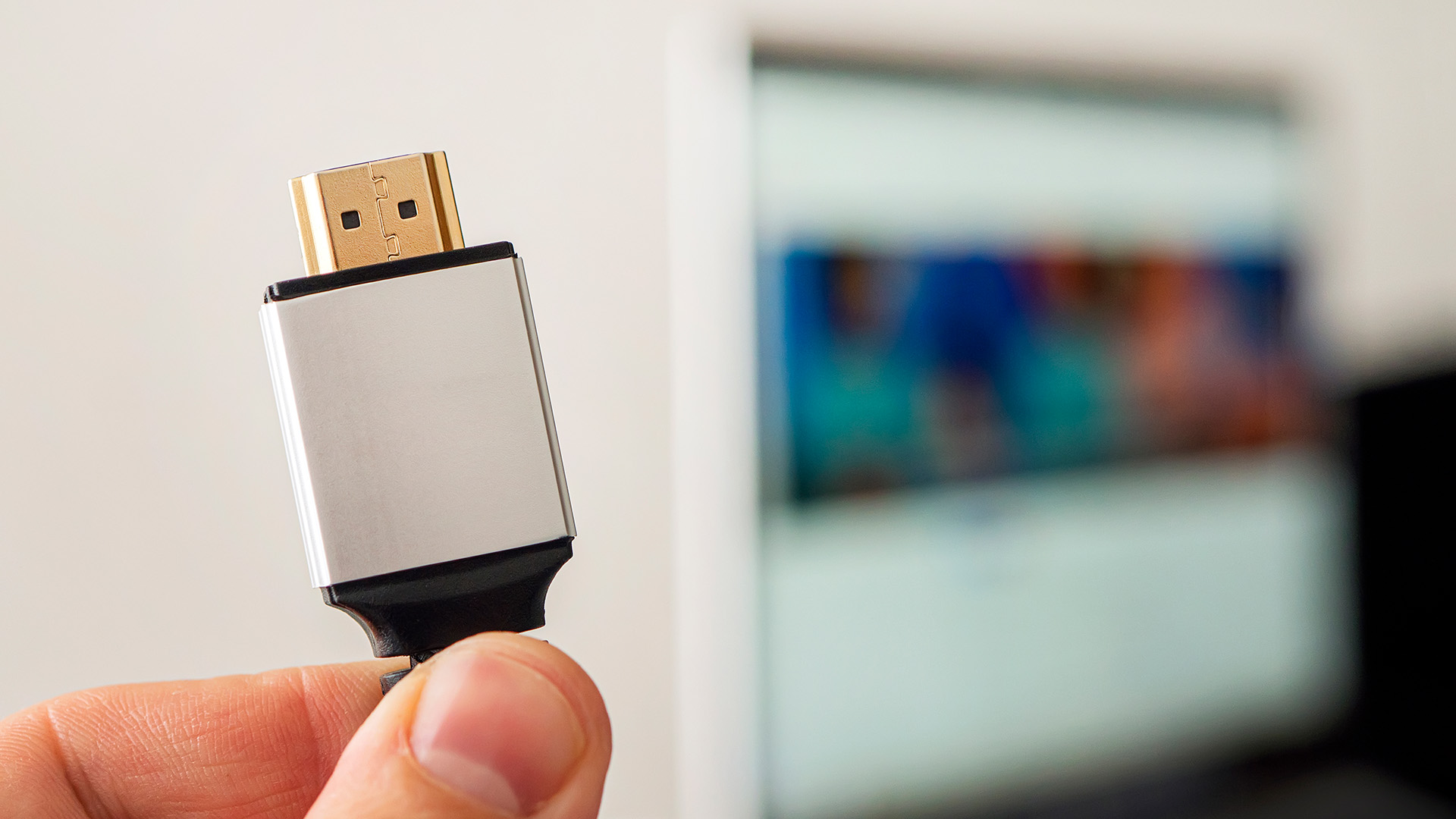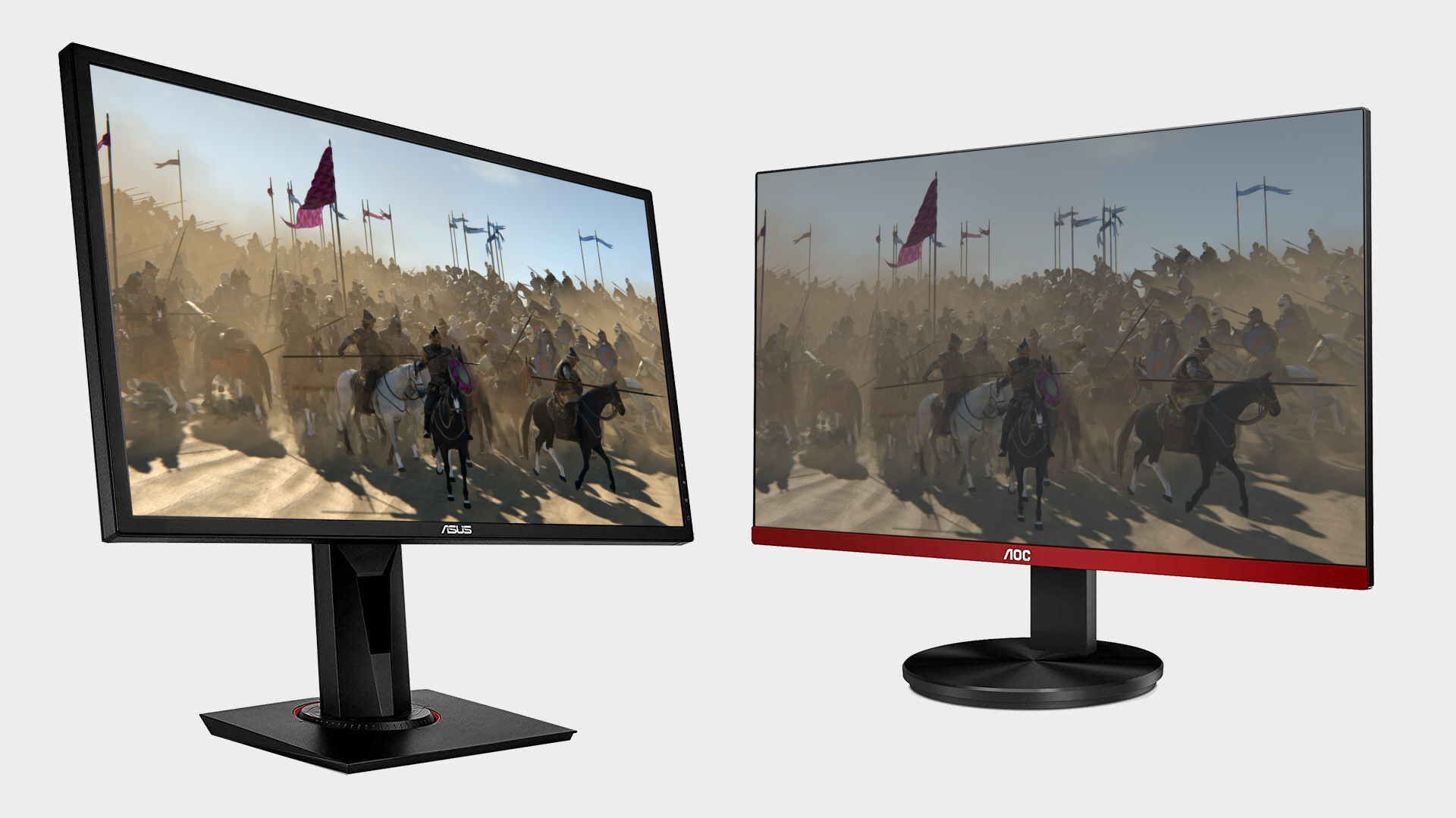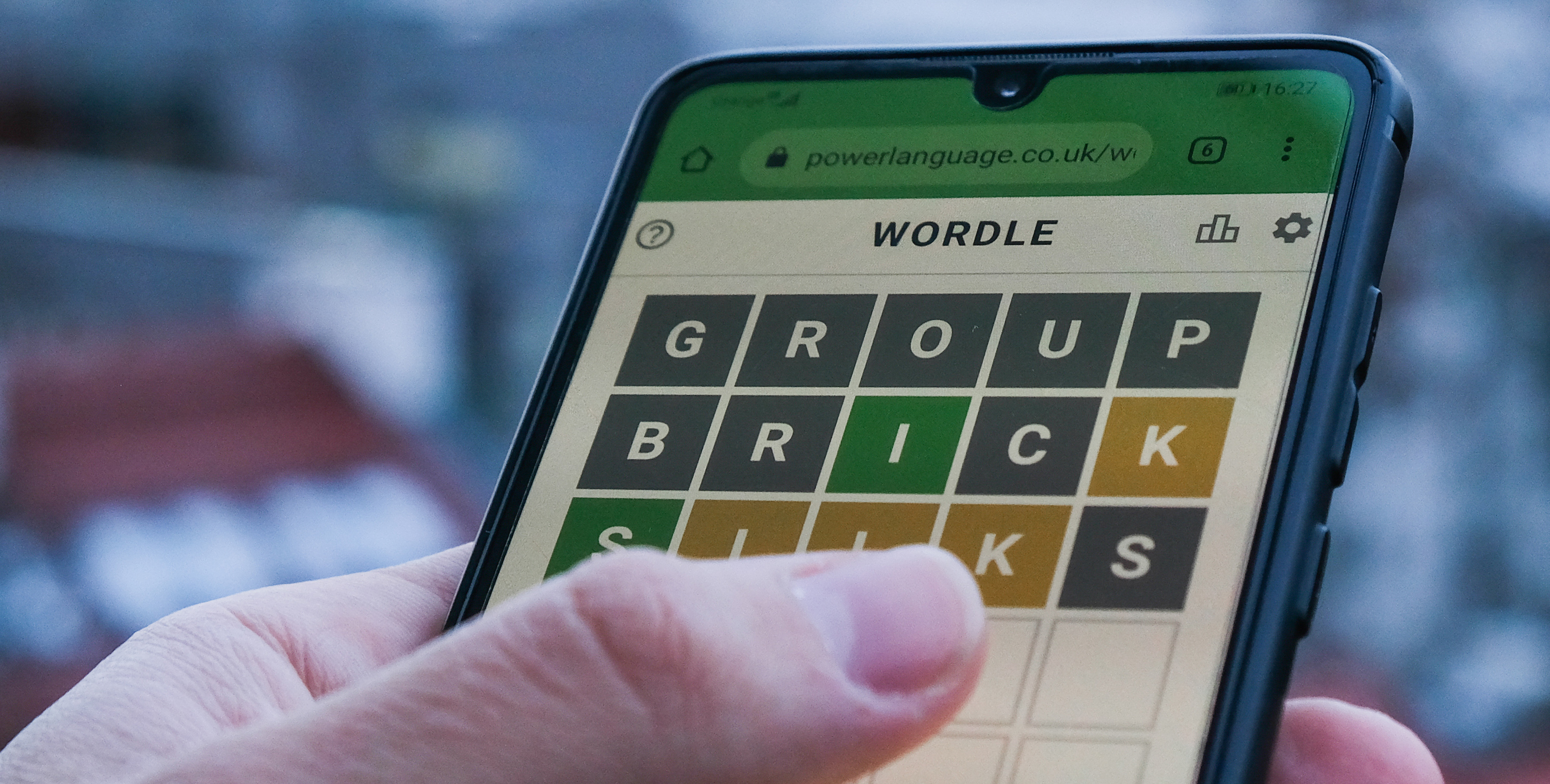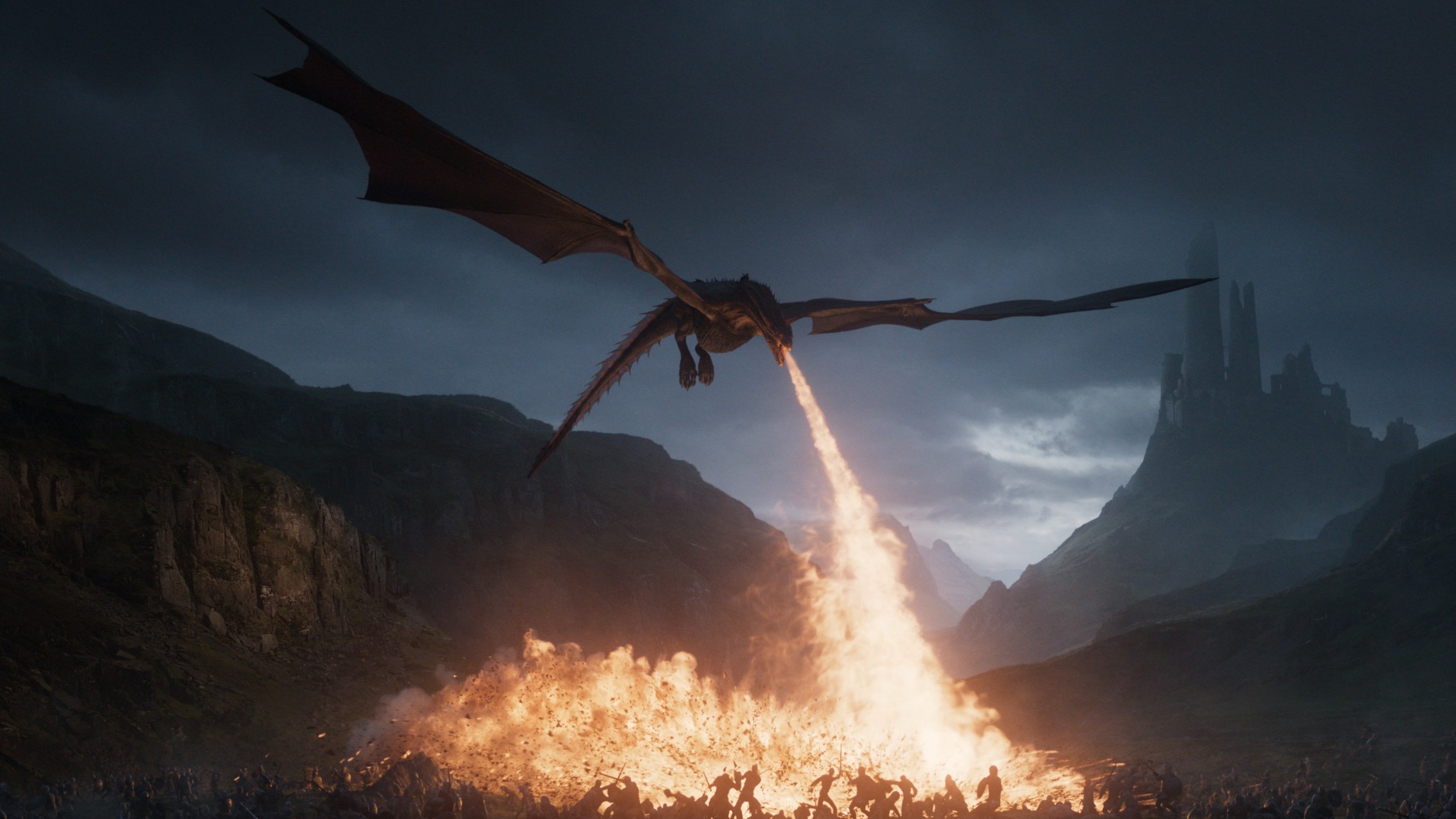
That's over a proprietary connector, but a slower USB Type-C variant is also planned.
While 4K gaming and video content is still a stretch goal for many of us, things are hotting up in the 8K-ready arena. Hot on the heels of the announcement of HDMI 2.2, HKEPC reports that the Shenzhen 8K Ultra High Definition Video Industry Collaboration Alliance made up of more than 50 Chinese companies has announced an 8K-ready General Purpose Media Interface, or GPMI for short.
It’s designed to solve the issue of separate power cables and image cables for 8K displays, providing up to 192 Gbps of image data in tandem with up to 480 W of power delivery over a single cable using a proprietary Type-B connector (via Tom’s Hardware). A USB Type-C version was also announced, which is said to have already received the approval of the USB Association.
The Type-C variant is capable of 96 Gbps data speeds and 240 W power delivery, making it significantly faster than USB4 V2, the previous top-spec of Type-C connections, which maxes out at 80 Gbps for symmetric data flow—as does the most recent DisplayPort standard, DisplayPort 2.1.
The newly-announced HDMI 2.2 standard, however, can match those 96 Gbps data transfer speeds of the Type-C version, although it doesn’t have power delivery capability—and no all-in-one power and video-providing cable can currently match the mega-wattage and data transfer potential of the GPMI Type-B standard on paper.
On the surface, sticking both high-speed data and massive power transfer capabilities together is potentially good news for gaming laptop owners looking to power their machines through a single, monitor-attached cable—although I doubt many laptop manufacturers will be keen to add a more niche, proprietary port to their designs over the standard HDMI port used by most.
The Type-C variant, however, might gain some traction. While it’s still got that 240 W connector power restriction, the extra cable bandwidth may come in useful for higher refresh rate 8K-capable monitors and TVs. 8K content has four times the number of pixels of 4K, and that’s a huge amount of video data to send down a single cable at high speeds.
The real test of the proprietary Type-B standard, in particular, will be how many manufacturers choose to support it. While 480 W of power transfer is monstrous (especially contained within one, video-transmitting cable), it’ll all be for nought if major display manufacturers and device makers choose to stick with existing connection standards in the long term.
Best gaming monitor: Pixel-perfect panels for your PC.
Best high refresh rate monitor: Screaming quick.
Best 4K monitor for gaming: When only high-res will do.
Best 4K TV for gaming: Big-screen 4K gaming.
8K video as the new standard remains something of a pipe dream for now, as 8K media remains thin on the ground. And as for 8K gaming? Well, you’ll need a mighty GPU to achieve smooth frame rates in anything demanding, although it’s certainly possible to push something like Counter-Strike 2 to a mega frame rate at 8K with a powerful graphics card.
Regardless, single cable setups for both power and high refresh rate/resolution video sound pretty good to me. The area behind my TV and streaming setup is a nightmare of interlinking cables, and the power strips around my house are overflowing with plugs.
One cable to rule them all? It’s an intriguing glimpse of a potentially tidier future, at the very least.






